Ilmi Granoff, Sarah Wykes, Alison Doig, and Ryan Hogarth
Access to modern energy is closely linked to human development and improvements in people’s wellbeing.
Yet according to the United Nations’ Sustainable Energy for All (SE4All) initiative, billions of people live without modern energy. More than a third of the global population (2.9 billion) does not have clean and safe energy for household cooking. Nearly one in six people (1.1 billion) do not have basic access to electricity.
The new Sustainable Development Goals (SDGs) have recognised this gap. They include an energy goal aiming to ensure everyone has access to affordable, reliable, sustainable and modern energy by 2030.
The coal industry sells itself as the solution to energy poverty in developing countries. However, evidence suggests that the role coal power can play in securing energy access for poor households is limited. These FAQs explain why.
Frequently asked questions
What is energy poverty?
Affordable, reliable and safe energy helps people meet their basic needs for a decent life.
Electricity powers lighting, telephone, fans, radio and television. Clean and safe cooking and heating can improve health and productivity. When people lack reliable, affordable, legal and safe access to these simple but fundamentally important energy services, we say that they live in 'energy poverty'.
Those living in energy poverty do have some energy services. Households may cook on open flames or simple wood- or charcoal-fuelled stoves. They might light their homes with candles and kerosene lanterns. Yet they are ‘energy poor’ because they are forced to rely on unhealthy and often expensive fuels.
Toxic fumes from cooking smoke can cause illnesses and death. Energy-poor households also pay more, over time, for oil and kerosene lamps than electric lighting. In exchange, they get worse quality light.
Energy poverty tends to be measured in terms of individuals and households. However, energy often delivers some of its most important benefits to people through community services, like health clinics and schools, or by improving the productivity of small enterprises.
Over 291 million children go to a primary school without electricity. More than a billion people are served by health facilities without electricity. Every year, millions of women are forced to give birth by candlelight.
The term ‘energy-poor’ countries could mean a country with many energy-poor people, or one whose supply of energy is far below what it demands now and is likely to demand in future. The distinction can be important, because solving each involves different policies and actions.
Frequently asked questions
How many people live in energy poverty worldwide – and where are they?
Of the world’s 1.1 billion people lacking electricity, 87% live in rural areas and 88% are in sub-Saharan Africa and South Asia.
Of the 2.9 billion people who lack access to modern cooking services, 84% live in rural areas, and 96% of them are located in only five regions: sub-Saharan Africa, Southern Asia, East Asia and South-Eastern Asia. India alone is home to over 800 million people without modern cooking solutions.
While Asia has the highest number of energy poor people in absolute numbers, energy poverty is most prevalent in sub-Saharan Africa, where two out of every three people lack electricity and four in five lack clean and efficient cooking. Sub-Saharan Africa is also the only region where the number of people without energy access is expected to increase because electrification is not keeping up with population growth.
To put these figures into context: the number of people living without electricity in sub-Saharan Africa is equivalent to almost the entire population of Europe (excluding Russia). The number of people without modern cooking services is more than double the US population.
Frequently asked questions
Are there energy-poor people in developed countries?
All developed countries have overcome energy poverty as measured by the United Nation’s SE4All initiative and the International Energy Agency (IEA).
Nonetheless, the affordability of energy for low-income households is a growing issue for many developed countries.
In the UK this problem is called fuel poverty. The UK government considers a household to be in fuel poverty if:
- The household’s costs for lighting and electric appliances, hot water, cooking, and heating their home are above the national average; and,
- Were it to meet those costs, the household’s remaining income would be below the official national poverty line (households earning 60% of the UK’s median income).
In the last ten years, stagnant incomes and rising energy prices in the UK have caused the number of households living in fuel poverty to almost triple – from 1.7 million to 4.5 million, or 7% of the population. Fuel poverty is particularly hazardous in winter, when poor households cannot afford to properly heat their homes.
The personal hardship faced by those living in fuel poverty is real and considerable. A wide range of groups in the UK are supporting a campaign to end fuel poverty. It is important, though, to distinguish fuel poverty from global energy poverty.
Frequently asked questions
What do you mean by energy access?
Energy access is the opposite of energy poverty. It is when a person or household has access to enough energy to meet their basic needs.
SE4All and the IEA use simple, easily quantified metrics for ‘access’. A rural household of five has a ‘basic electricity connection’ if they consume more than 250 kilowatt-hours annually – enough for two lightbulbs, a mobile phone and fan.
An urban household is considered to have access at 500 kilowatt-hours of annual consumption—enough for the above, plus a refrigerator, a second phone and a TV, computer or other small appliance. (Some argue that a single, higher, measure of electricity access for both rural and urban households would be fairer.)
A household is considered to have access to clean and modern cooking services when it switches from fuelwood or charcoal burned in a simple hearth to non-solid fuels – like gas, biogas or electricity – or an improved cookstove.
These proxy measures of energy access are shortcuts used to track progress. However, they do not tell us if that energy is affordably priced, of decent quality, readily available on demand, or safe. They also do not capture the energy demands of community services and businesses, or even households that, while poor, have greater energy demands.
For this reason, the SE4All initiative has developed a Global Tracking Framework that measures progress according to different tiers of access across the range of attributes — quality, affordability, safety and reliability – and focuses on tracking the specific energy services provided to end-users.
Frequently asked questions
Why does access to ‘modern cooking methods’ help reduce poverty?
Cleaner, more efficient stoves and fuels improve people’s health, wellbeing and safety.
Indoor air pollution from unventilated cooking with fuelwood and charcoal is the fourth largest cause of mortality globally, contributing to 4.3 million deaths each year. It is the biggest environmental killer, ahead of unsafe water and sanitation and diseases like HIV/AIDS and malaria.
Women are more exposed to household air pollution than men because they tend to spend more time cooking. Children under the age of five are also highly exposed and account for 13% of deaths related to household air pollution.
Collecting fuelwood can take up to five hours a day, a burden usually borne by women and children. Carrying heavy loads can lead to falls and fractures, and the long distances travelled away from home can increase risks to personal safety.
Modern, more efficient cooking methods can reduce the amount of time people, and especially women and children, spend collecting fuelwood and cooking meals. Having more time for other activities can have direct benefits on people’s quality of life – and on their income. Time saved can be spent on productive activities, education and leisure.
Frequently asked questions
Why does electricity access help reduce poverty?
Direct access to electricity – at home, to schools, health clinics and businesses – helps improve incomes, health, safety, education and gender equality.
Household access to electricity saves money. Poor people often waste meagre incomes buying high priced, low-quality kerosene lighting and charging mobile phones at kiosks.
Electric lighting also removes the risk of burns, fires, toxic fumes caused by lanterns and poisonings from accidental consumption of lighting fuel. Brighter and more reliable electric lighting allows children to study longer and later. Some studies show this improves educational outcomes.
Mobile phones enhance communication. Radios and TVs provide more than entertainment (although leisure is important too): studies show that they improve health outcomes by increasing knowledge about health and contraception.
Beyond the home, electricity access can improve community services. Street lighting improves security in public spaces, particularly for women and children. Schools and health clinics benefit from more hours of lighting, communications technology and refrigeration of life-saving medicines, blood, and vaccines. Electricity even helps recruit more qualified teachers, nurses, and doctors to rural areas.
Electricity can also improve the productivity of smallholder farms and micro and small businesses –the main source of income for most poor people. Research shows that micro and small businesses regard inadequate access to electricity as one of the greatest obstacles they face.
Farmers can improve yields with electric irrigation pumps, processing equipment and cold storage. Parts of sub-Saharan Africa lose up to 50% of their harvests to spoilage. Mechanical power can ease the burden of human or animal power for milling or water pumping, thereby increasing productivity and reducing farmers’ heavy physical burden.
Electricity alone is not enough to drive productivity or boost income. Combine access with new machinery and the right training, however, and incomes are likely to rise.
Frequently asked questions
Aren’t coal-fired power plants the cheapest option for providing energy for poor households?
In most cases, electricity delivered by coal-powered grids isn’t the cheapest option forenergy poor households. There are three main means to deliver electricity to households: extending the grid, creating stand-alone mini-grids for entire communities and off-grid systems for individual households.
Grid extension is cheapest for all urban households. However, 87% of those lacking electricity live in rural areas with poor electricity infrastructure. Extending the electricity grid to these areas is expensive and politically challenging. SE4All estimates 70% of rural households are served most cheaply by off-grid home system or mini-grids, powered by solar, mini-hydro, wind, or diesel generator (or hybrid sources, i.e. a mix of these).
The cost of off-grid renewable technologies like solar continues to decline rapidly, and fossil fuel-generated grid power costs are now rising. This makes it likely that an even higher portion of poor households will be served by mini-grid or off-grid technologies in future.
And electricity supply – whether from coal or another source – has little to do with increasing access to modern cooking. Other methods of cooking are cheaper, such as advanced biomass cook stoves, liquid petroleum gas stoves or biogas systems. Often they are also more culturally accepted.
So even if a new coal-fired power plant translated into electricity access, it is unlikely that it would tackle the most prevalent form of energy poverty: the lack of affordable and safe methods of cooking.
Finally, in most areas where energy-poor people live, coal power isn’t even the cheapest option to generate grid-based electricity.
Frequently asked questions
What about poor people living close to the grid? Won’t building big coal-fired power plants bring down the cost of electricity for them?
Simple economics suggests that increasing electricity supply will lead to lower prices and increased access. But in practice, new generation capacity does not translate directly into new electricity connections, or even lower prices for existing poor consumers.
One reason is poor governance, according to the Africa Progress Panel. It says that as ‘governments often view utilities primarily as sites of political patronage and vehicles for corruption, providing affordable energy can be a distant secondary concern.’
For political reasons, electricity tariffs are often set at a subsidised rate, with initial ‘blocks‘ of electricity priced low, rather than at a price that would cover the full costs of operation and developing new infrastructure. Operating at a loss, utilities are reluctant to invest in grid extension to new villages and new connections: the energy poor consume relatively little electricity, and their political influence is limited.
Even once a community has electricity, poor households often face connection costs that they are unable or unwilling to pay. In Kenya, Rwanda, Tanzania, Burkina Faso, and the Central African Republic, connection fees are more than the average monthly income. It is common for many households to remain unconnected even in communities that have had electricity for decades.
As a consequence, new generating capacity predominantly serves industry and wealthier, already-connected households, and does not automatically translate into new access. With poorer electricity consumers already subsidised, new capacity may not even lower prices for them.
This map of India illustrates this point: coal provides 75% of the nation’s electricity, but many areas with the lowest rates of electricity access also have the densest concentration of coal plants.
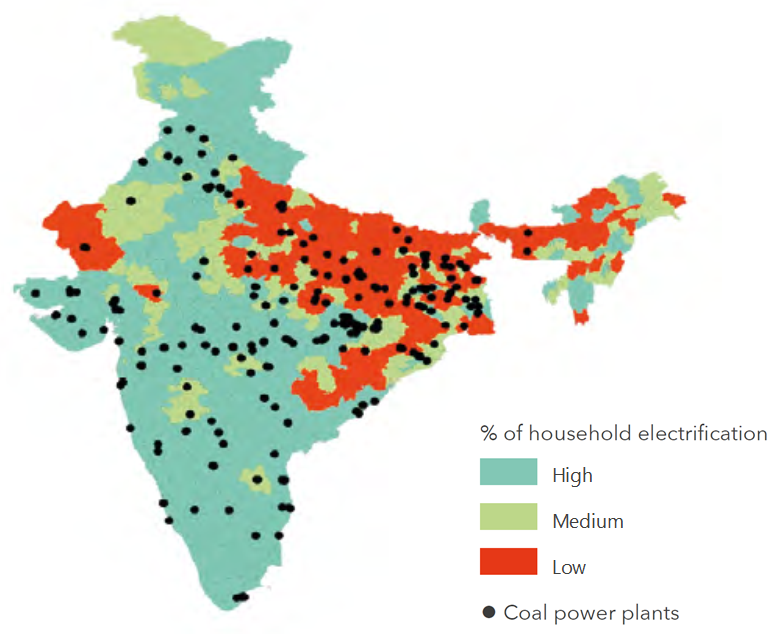
Frequently asked questions
Would building a coal-fired power plant give poor households and businesses the energy services they need?
In theory, grid-connected households – powered by coal or otherwise – have a virtually unlimited electricity supply to meet any demand. In reality, however, electricity grids often fail to deliver the energy services that poor households actually need.
The first energy services poor households tend to use modern energy for – and the ones that provide the greatest marginal benefits – are household lighting, mobile phone charging, TVs, radios, and fans. Most households lacking electricity have cheaper options to fulfil these needs. Of course, electricity grids can, and do, fulfil them in much of the world, but in many poor countries, electricity grids are terribly unreliable and do not provide the abundant services that they promise.
Electricity grids can sometimes be made more reliable by increasing power supply, but usually also require improvements to grid’s infrastructure and management as well – and still fail to reach most electricity-poor households.
And in Africa and Asia, electricity is rarely used for cooking, even among households connected to the grid. Cooking requires significant amounts of energy leading to high electricity bills. Households often cannot afford electric stoves which cost between US$100 and US$500, although lower-cost induction plates may emerge and make electric cooking more affordable.
More than just energy supply, socio-cultural factors – such as people’s preferences for the taste of foods, their customs and attitudes – also influence which services are demanded and technologies adopted. Many people, for example, are unaware of hazards associated with cooking with solid-fuels.
The Anagi cookstove initiative in Sri Lanka, for example, allowed users to participate in a cookstove design and resulted in many more households adopting the technology. As of 2012, around 300,000 Anagi stoves were being produced and sold annually in Sri Lanka for as little as US$1.40, reaching around 15% of the population.
Frequently asked questions
Doesn’t building one big coal-fired power plant deliver access faster and cheaper than thousands of small projects?
A coal plant can take over a decade from the initial investment to electricity production. To translate that into electricity access often also entails policy reform, and new transmission, community electrification and household connection.
The Africa Progress Panel argues against the view that large, capital-intensive coal powered plants will achieve universal energy access by 2030. ‘Evidence from within Africa’, it says, ‘also provides a cautionary tale for coal enthusiasts. Coal-fired power plant projects are subject to notorious delays and cost overruns. The experience of the Medupi and Kiseli plants in South Africa is instructive. The plants have brought large capital outlays and are set to produce high-cost electricity several years later than scheduled.’
Technologies that are easily diffused, like solar home systems and modern cookstoves, tend to secure energy access both more cheaply and quickly than coal power plants.
Bangladesh’s Infrastructure Development Company Limited (IDCOL) – a state-owned and funded, but commercially-operated company – illustrates the speed at which off-grid technologies can be deployed. IDCOL provides low-cost financing and technical capacity-building to 47 organisations that have installed around 3.45 million off-grid solar home systems since 2003. Combined, these systems provide electricity to over 15 million people, or 9% of Bangladesh’s population.
Examples like IDCOL illustrates that rapid diffusion of off-grid technologies hinges on the ‘enabling environment’. Overcoming the financial and technical barriers to business development requires an understanding of both the opportunities and limits of market-based approaches, and employing appropriate public financial and technical support mechanisms. Delivery models must also address consumers’ preferences and limited ability to afford high upfront costs.
Frequently asked questions
If governments don't prioritise grid access, won't poor people end up being stuck with poor energy services?
No. Off-grid electricity systems are just as capable as electricity grids of providing most of the energy services that poor households demand. Often they are cheaper and more reliable.
Households’ and businesses’ consumption levels often remain low after first gaining access to electricity, even among those that are connected to the grid and effectively have an unlimited supply of power. This is because poor households and businesses usually cannot afford larger electric appliances.
Of course, this initial threshold demanded by households and businesses is just a starting point. Most households and small firms will eventually demand many times this quantity of electricity for more energy-intensive services, such as water pumping, air conditioning and refrigeration.
Providing basic electricity to households through small-scale off-grid technologies appears to act as an enabler, rather than a barrier, to increasing levels of consumption through grid connections or larger off-grid systems. In other words, off-grid systems act as the first rung on an ‘energy ladder’.
Income saved from electric lighting and charging phones at home can be spent on, among other things, more energy-intensive appliances, grid connections or bigger off-grid systems. Households that own an off-grid system prior to gaining grid access are also likely to own energy-saving appliances and a back-up power supply, making them better prepared for grid access than those with no electricity at all.
Frequently asked questions
Are most planned coal projects in areas where people lack access to electricity?
No. Most current and planned coal power plant construction will take place in areas where almost everyone already has access to electricity. This graph shows each region’s coal project pipeline (measured in gigawatts) and population without electricity.
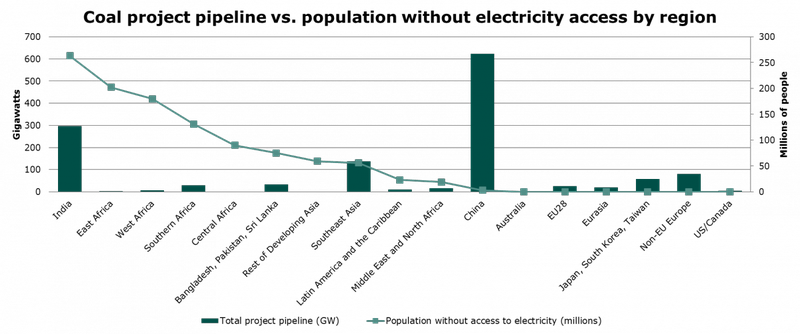
It shows that China plans to build a lot more coal power plants despite having already achieved nearly universal electricity access (although China has recently cancelled plans to build even more coal power plants, over concerns about air pollution).
In contrast, sub-Saharan Africa, which has the highest number of people without access to electricity, has very little coal development outside of a few Southern African nations.
Only South and Southeast Asia (led by India) have both substantial coal power development plans and large populations without access to electricity.
Frequently asked questions
So do we need coal at all in the fight to end poverty?
Adding further coal power is not the solution to energy poverty. The IEA projects that if we continue with current energy policies – heavily focused as they are on centralised electricity systems – we will leave nearly one billion people without access to electricity and 2.5 billion without access to clean cooking facilities by 2030.
Unless we target energy access directly – by improving the availability of grid connections, off-grid electricity systems and modern cooking technologies and by helping the energy poor to afford them – we will not achieve our target of universal energy access by 2030.
Nonetheless, as this diagram shows, there are many ways in which energy contributes to poverty reduction:
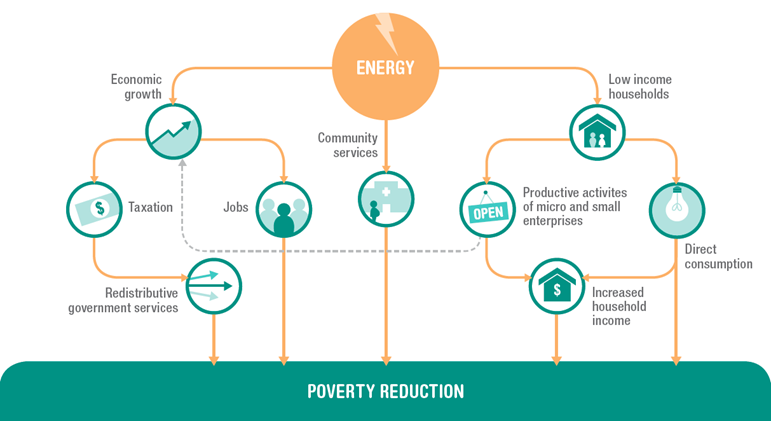
These FAQs have only explored the path on the right: the direct access of households, community services, and small and medium enterprises.
Energy – from coal or other sources – is also important for some industries to grow. The jobs created can reduce poverty by providing income for the new workers and their families. Where energy services improve economic growth more generally, governments can redistribute the revenue they receive through taxes to deliver pro-poor public services, like better health care and education. The next set of FAQs will explore coal’s proposed role in reducing poverty through these other channels, and whether alternative, more sustainable options are available.
These FAQs were developed by CAFOD, Christian Aid and ODI, with contributions from organisations working on energy access in developing countries.
Partner organisations


Contributing organisations
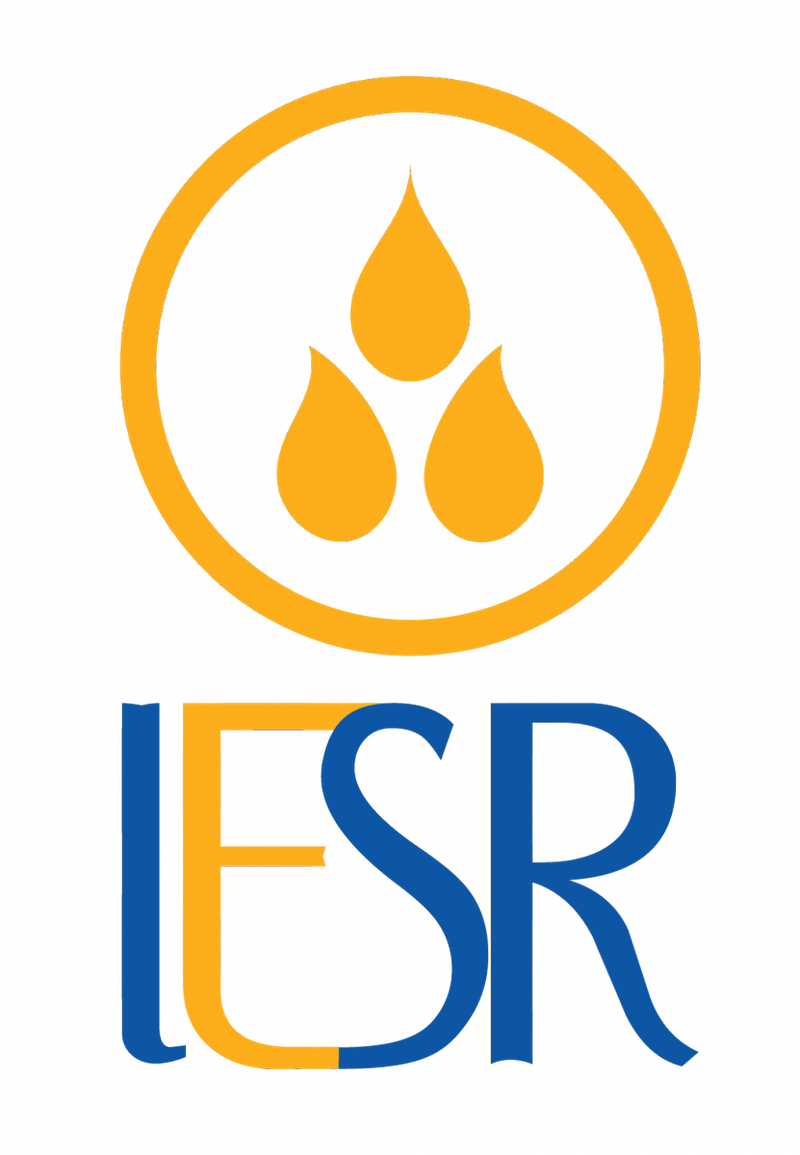
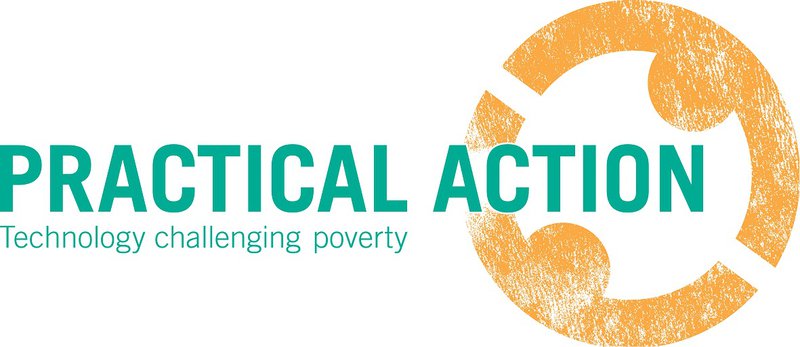

Related links
Data and infographics: UK support for energy in developing countries
Resource: sustainable energy for everyone
Resource: designing energy delivery models
Report: Electricity for all in India - why coal is not always king



